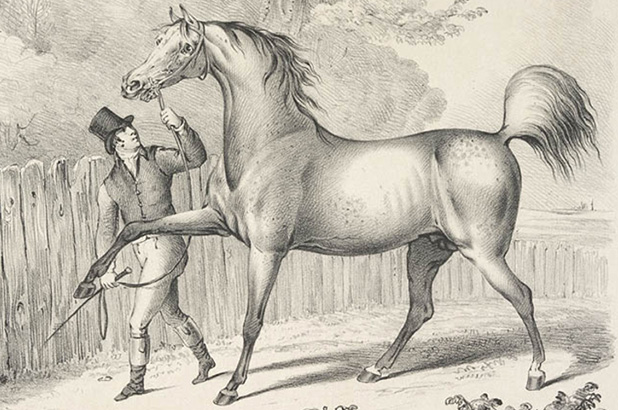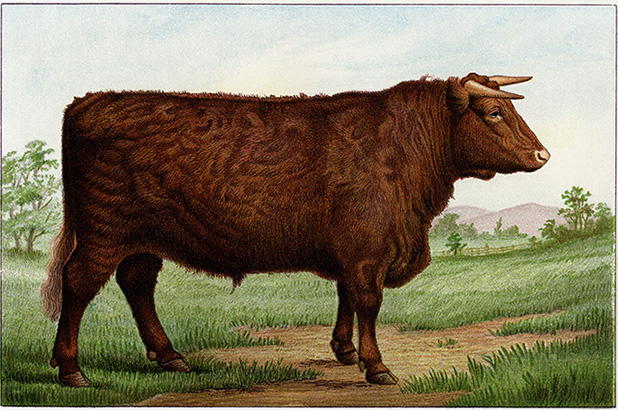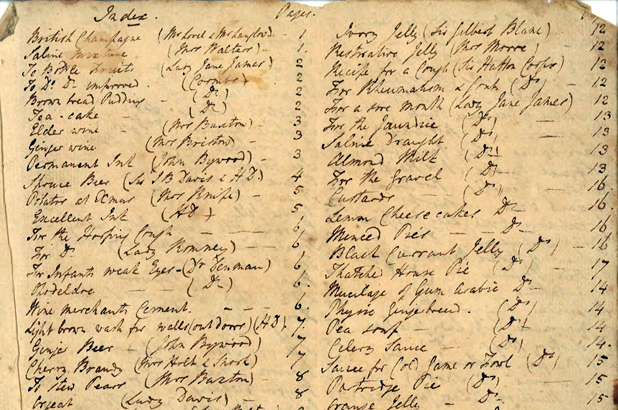As we reach the end of October the racing season looms. So in honor of the nation’s hardworking milliners here’s a look at the start of Sydney’s annual horse races and its first track, and a drink to cheer on the horses – Huzzah!
The most useful and most noble animal
Skeleton. / The Celebrated entire Irish race horse .... / (detail), I.W. Dean, 1832. State Library of New South Wales: DL Pe 239



